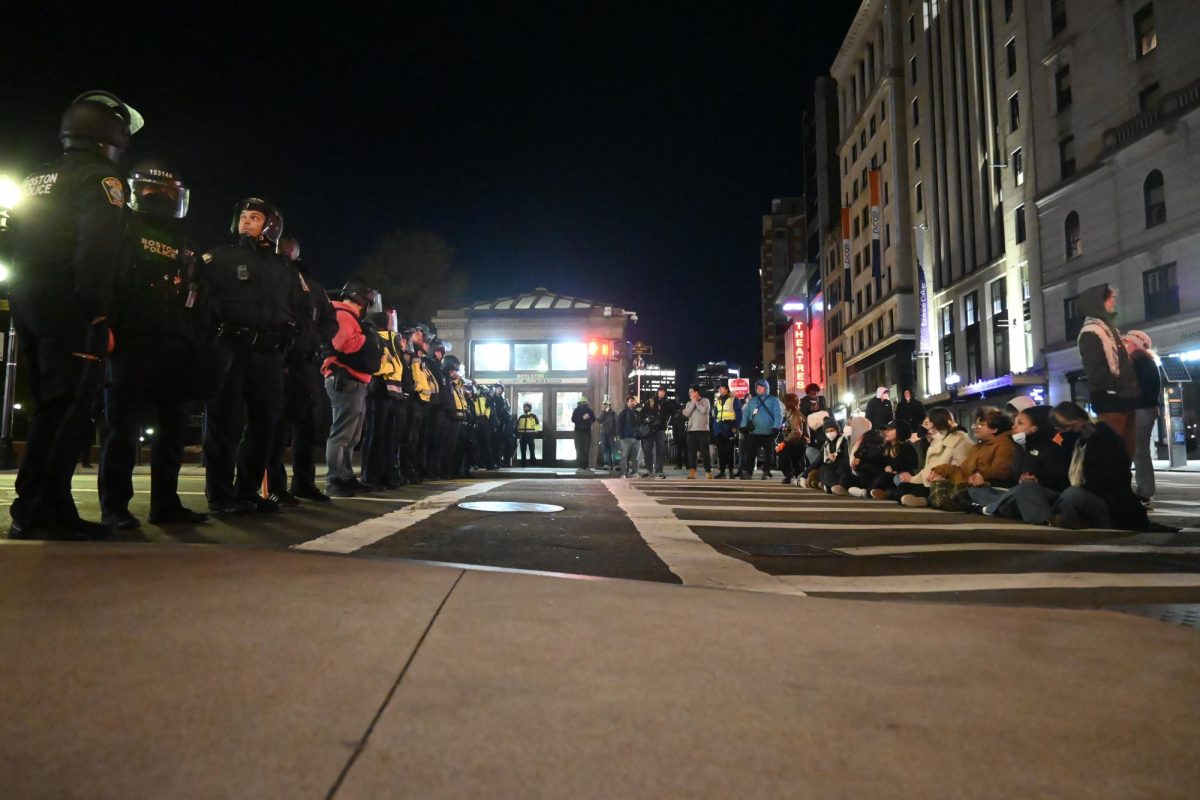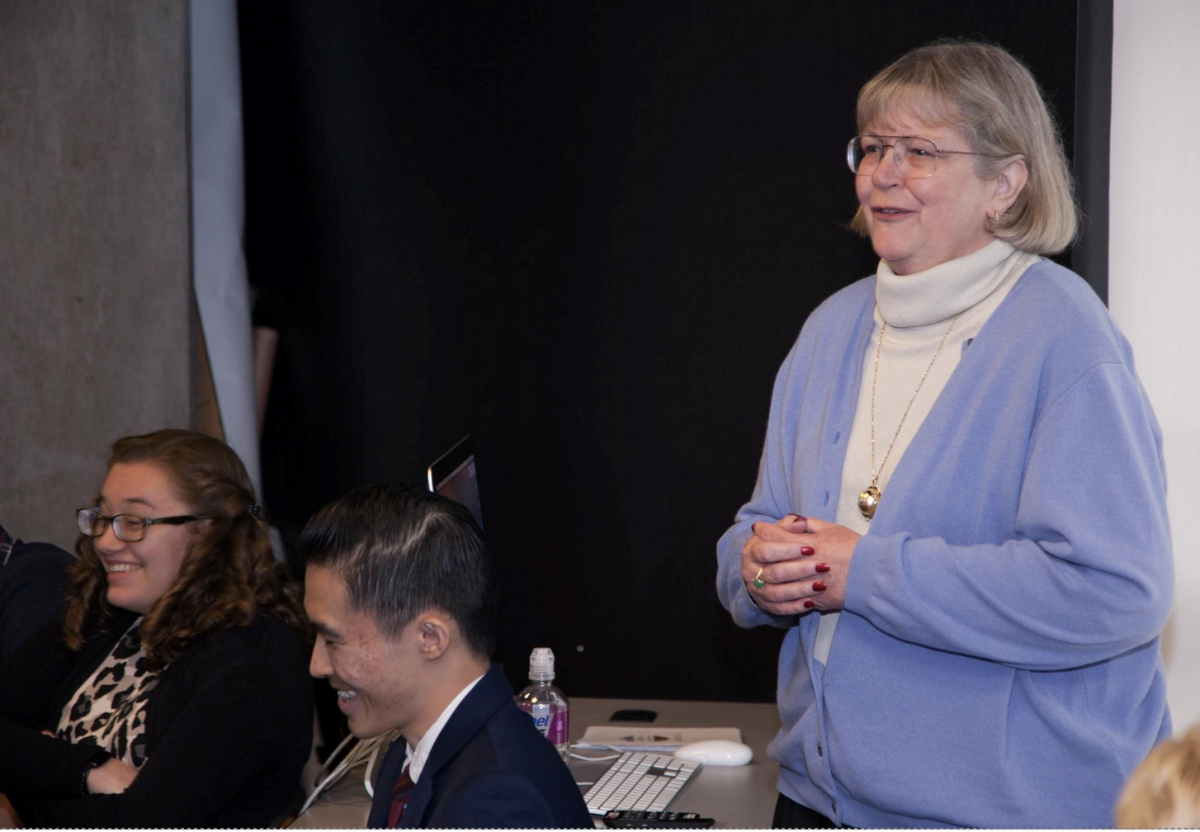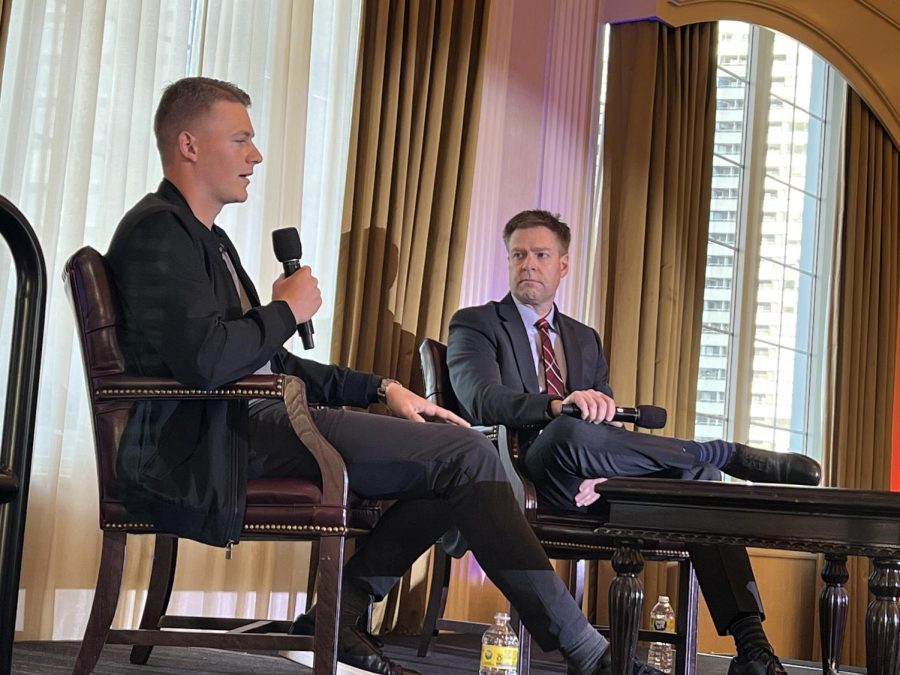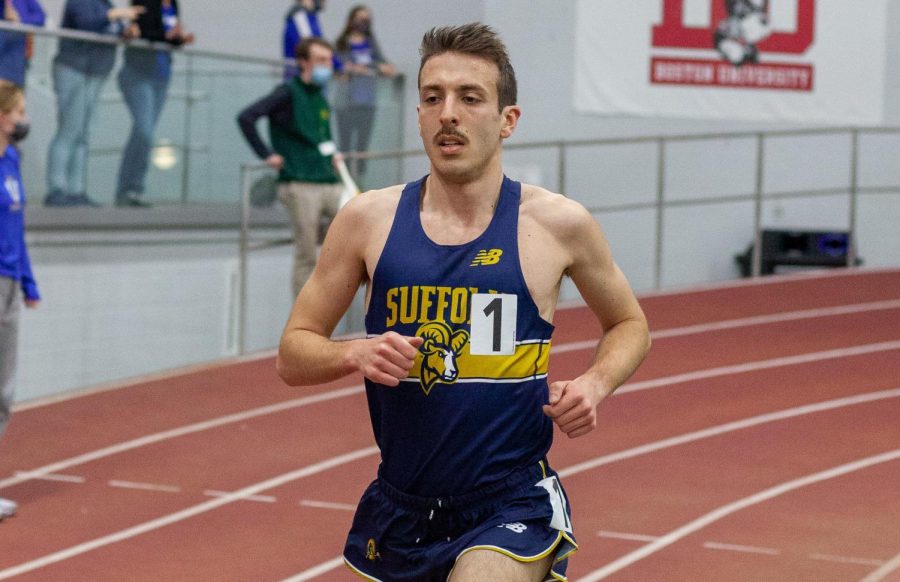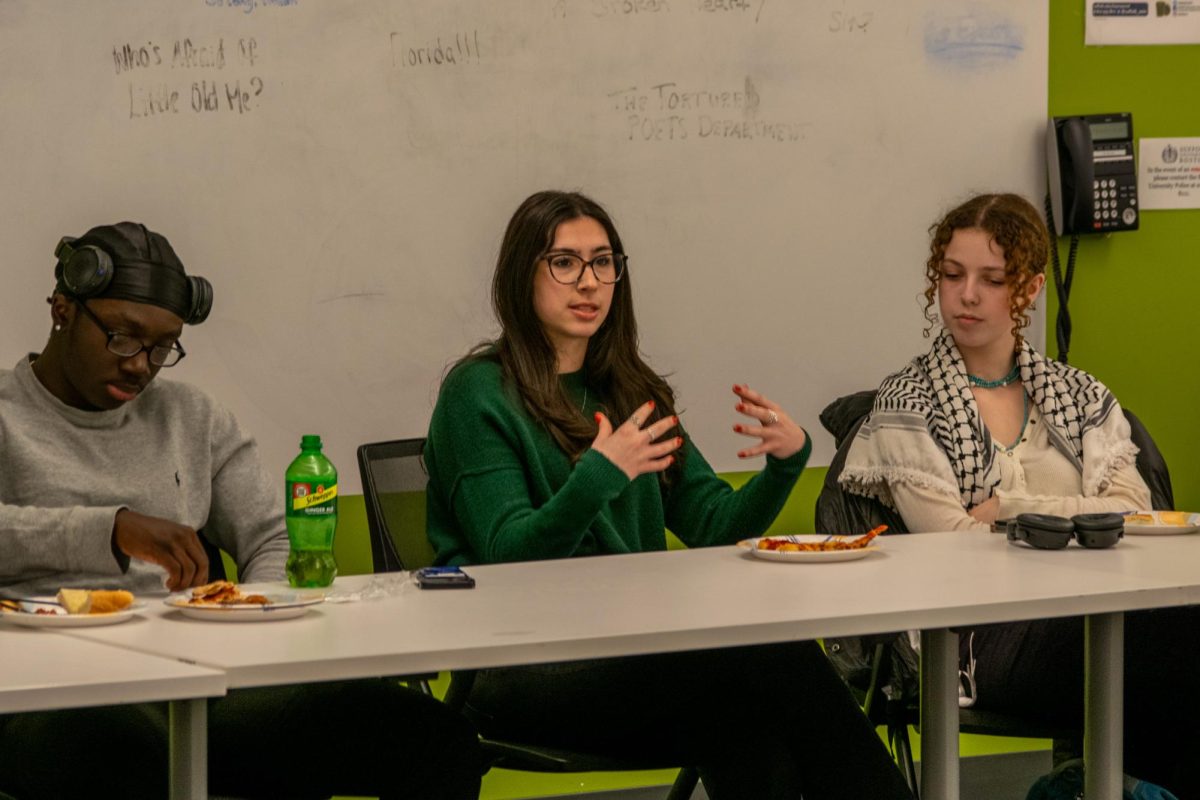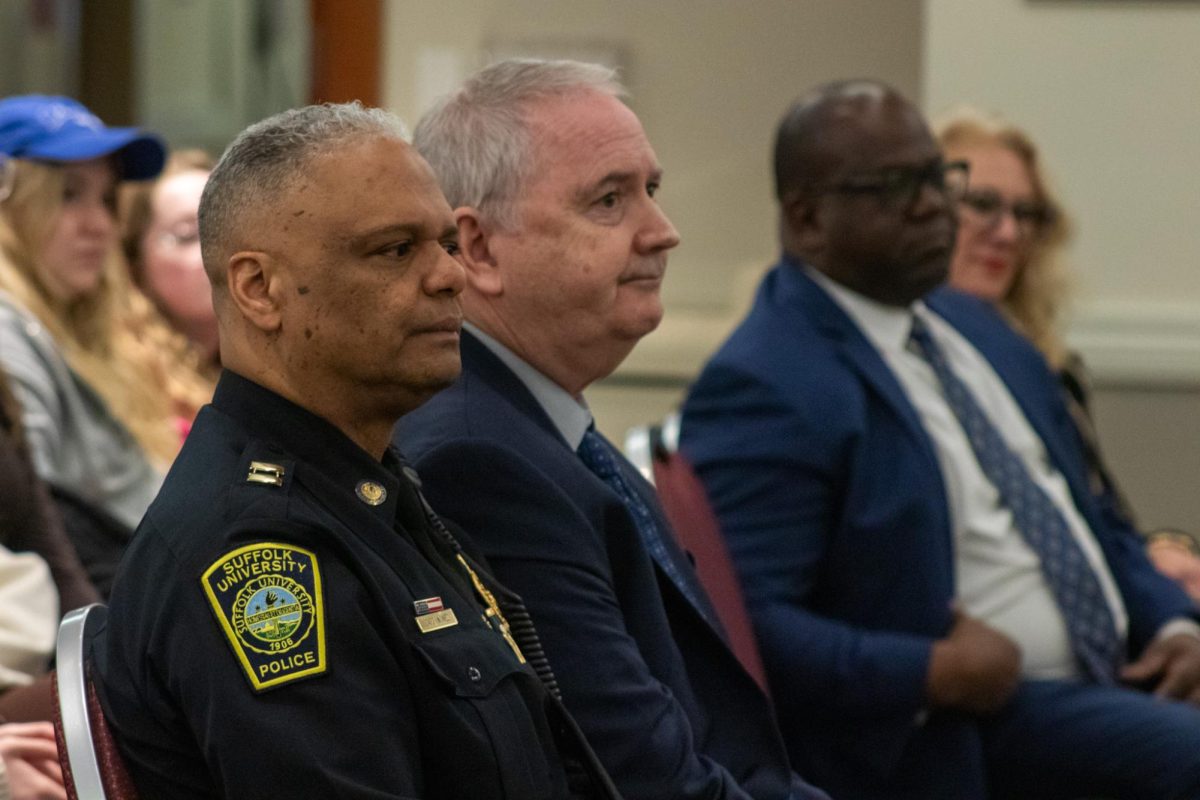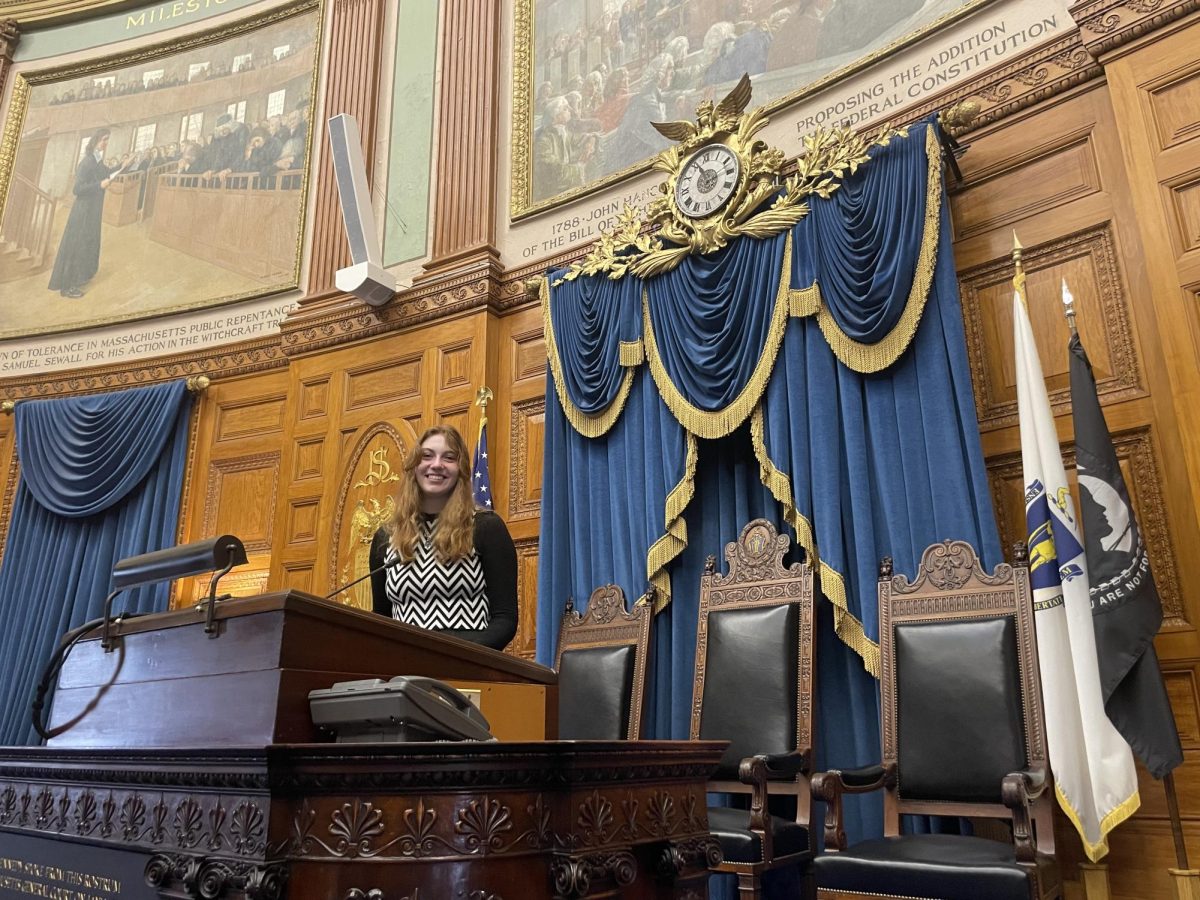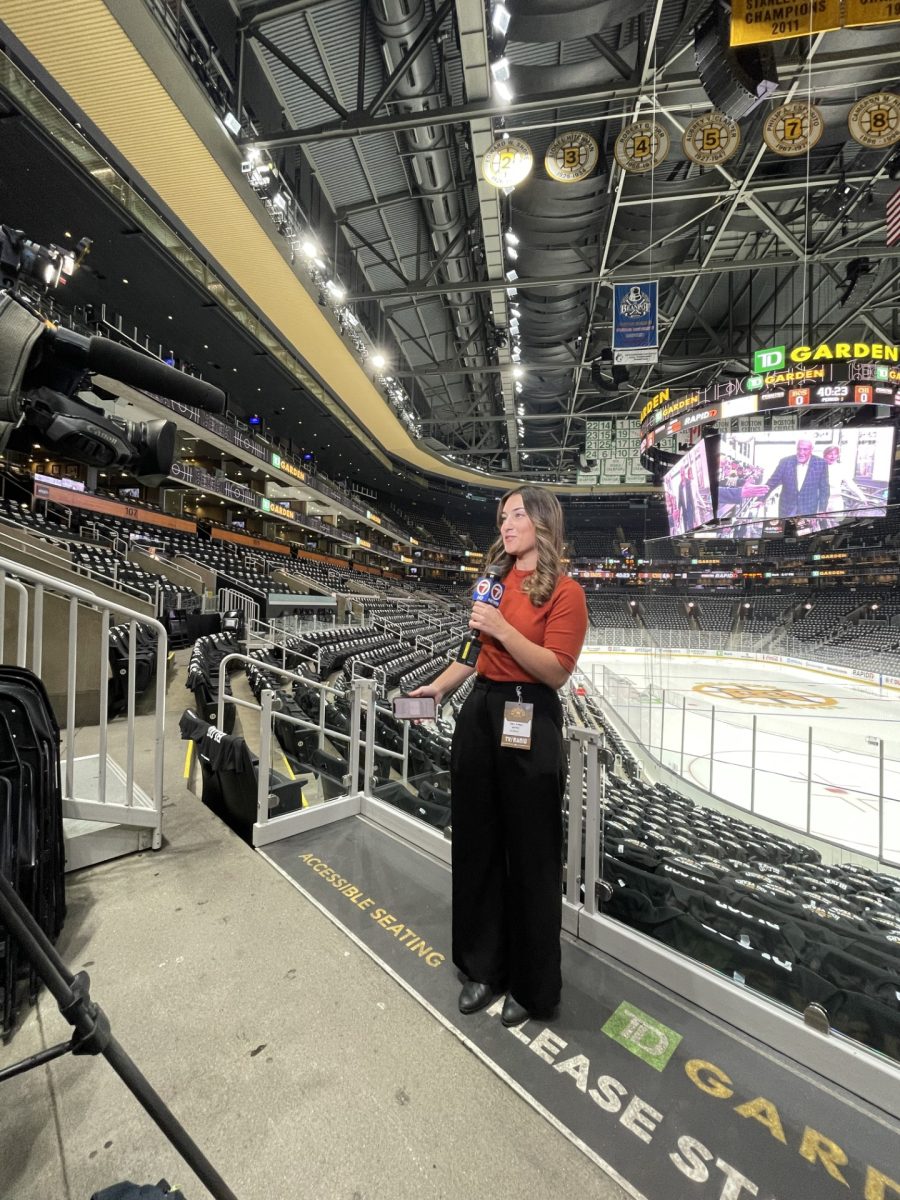By: Alex Hall and Ally Thibault
Molly, a form of ecstasy, has received nation-wide attention in the past month as the suspected killer of three people during large electronic music concerts. Suffolk University reached out to students through email and is planning events to help raise awareness of the MDMA drug.
Olivia Rotondo, 20, of Providence, R.I., was one of two audience members who died from overdosing on the drug at the Electric Zoo music festival in New York City on Aug. 31.
The University of New Hampshire junior’s death came less than a week after Plymouth State University sophomore Brittany Flannigan died while attending a concert at the House of Blues in Boston. Flannigan, 19, of Derry, N.H., and two other victims “appeared to be suffering from an overdose from an unknown substance,” Boston Police said in a statement. The Suffolk district attorney’s office is waiting on Flannigan’s toxicological screening to confirm what drugs she overdosed on.
“I didn’t even know people were dying,” said Suffolk senior Caroline Margolis when asked if the recent deaths attributed to molly had made her more aware of the drug and its dangers.
Flannigan and Rotondo’s deaths are some of the more recent fatalities from a drug that hospitalized more than 22,000 people in 2011, according to the U.S. Department of Health and Human Services. The number of hospitalizations from molly increased by 120 percent from 2004 to 2011. Molly is largely perceived as a purer form of ecstasy or MDMA, taken in either tablet or powder form.
Both local colleges that the victims attended sent emails to students warning them of the drug’s dangers and commenting on the recent deaths, but the attempts may have fallen on deaf ears.
“I haven’t really heard about [Rotondo’s death] on campus or in classes or anything. So I guess, in my experience there hasn’t been much of a change in the atmosphere,” said UNH junior Laura Hapke.
Plymouth State junior Jen, whose last name is being withheld for her privacy, explained that like those at UNH, the students at her school haven’t changed their outlook on molly.
“No one really stopped using molly or anything,” said Jen. “A lot of kids do it. I’m not going to lie, I’ve done it but it was last year and after hearing that people have died on it, I’ll never do it again.”
Jen explained that she did not suffer any negative effects from taking the drug but Flannigan’s death did affect her personally.
“It’s different when you hear of someone overdosing on cocaine that you didn’t know that you learned in health class…This was a girl that went here and people knew.”
Suffolk University Assistant Director of Health Services and Wellness Promotion Paulette Giambalvo believes part of the reason the drug has become popular is an equally popular misconception about it.
“First off, people think if it’s molly, it’s not laced or not laced with as many things…people know other people who did it and didn’t have a bad experience with it,” said Giambalvo.
Dance Safe, a non-profit organization promoting health and safety in the rave community, is often present at larger electronic festivals offering to legally test substances on site to see what drugs are truly in them. The organization has found cuts of molly to contain speed, PCP, PMA and other drugs.

Local Boston DJ Fuse and Suffolk alumnus Angela Bray believes lack of education on the drug is part of the growing problem of overdoses.
“In health classes in middle school, it was always marijuana and alcohol that you talked about. I feel there’s no education. My parents never used the word ecstasy around me. I never heard it from them,” said Bray.
Bray, a Suffolk Journal editor for three years, became a part of the rave scene a few years ago. She first began to learn about molly during a two-part investigative piece she wrote for The Journal in 2010. Through her investigation and personal experience in rave culture, Bray doesn’t believe those in the underground scene are why the drug is becoming popular among high school and college students.
“Now that [electronic music] is very mainstream, it’s happening more than before. Nothing happens at a rave. Every rave I go to, nobody comes out in ambulances…It’s just at these big mainstream shows that all these young kids are going to and they don’t know what they’re taking or where it’s from,” said Bray.
Bray is well known around the Boston area as an advocate for partying sober.
“I’m drawn to the scene because I enjoy the music and I can enjoy it sober so it’s weird to me that some people can’t. People will say to me that they can’t dance if they’re not on something and I’m like, ‘yes, you can.’”
Bray explained she has seen Dance Safe and similar organizations at shows, including Movement Festival in Detroit, where she played earlier this year but she doesn’t often see concertgoers utilize such organizations.
“People don’t go around and tell you they’re on something…Sometimes you can notice that people [on molly] will have really big pupils but besides that you can’t really tell,” Bray said.
Giambalvo also noted that perhaps students don’t think about the long-term effects molly can have on someone, like permanent impairment in learning and memory.
“Students are going to classes still feeling the short-term effects but also want to succeed in the future and potentially have those long-term effects,” she said.
Suffolk’s Health and Wellness Center is currently planning events and campaigns to raise awareness about the dangers of molly.
“I don’t feel like I know much about molly,” Suffolk senior Chelsea Szmania said. But, she does not think that is something the university needs to address.
“It’s about student accountability—students should know that drugs are bad,” she said.
Margolis had similar feelings on what role the school should play in educating students about molly.
“Students—adults, really—who are going to do drugs are going to do drugs,” she said.
UMass-Amherst recently cancelled electric dance party “Return to Fantazia” originally scheduled at the Mullins Center for Sept. 21 over concerns of students taking molly. Boston University ran an interview with its own Dr. David Farb on its “BU Today” section of its website in order to raise awareness about molly.
How students will react to these actions from their schools and whether it will dissuade them from using molly remains to be seen.


